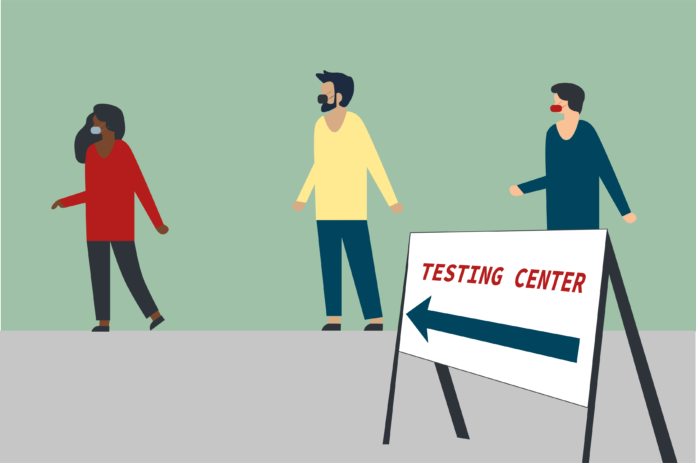Yolo County Public Information Officer explains the need to be transparent in regards to racial, ethnic health inequity
In an effort to provide transparent COVID-19 data to its residents, Yolo County has joined neighboring counties such as Sacramento, Napa and Solano in adding race and ethnicity fields to its COVID-19 dashboard.
Yolo County decided to make race and ethnicity data public to provide residents with more information regarding the spread of COVID-19 in their communities, according to a press release.
“Certain patterns and disparities can be noted by looking at this new data,” the press release reads. “Such patterns are not unique to Yolo County and can be seen in neighboring counties, throughout California and across the country. The causes of disproportionate COVID-19 cases in certain racial and ethnic groups are multiple and involve social, economic and environmental determinants of health.”
Yolo County Public Information Officer Jenny Tan explained that providing race and ethnicity data is an extremely important priority for the county.
“Over the last couple of years, Yolo County has really tried to make an effort to be a lot more inclusive and provide more information and data,” Tan said. “One of the ways to do this is really looking at the makeup and diversity of our residents.”
Providing press releases and infographics in multiple languages such as Spanish, Russian and Chinese are all part of the effort to move towards more inclusivity, according to Tan.
“In terms of COVID-19, we wanted to continue that transparency,” Tan said. “[We wanted] to continue showing the importance of our ethnic and racial identity data. One of the reasons especially is that we want people to know that this impacts everyone, and in some ways, it impacts the different demographics in a disparate way.”
Tan cited the disproportionate number of Hispanic people being affected by COVID-19 versus white or Asian people as a reason why it is important to look at the data in its entirety.
“Before we added race and ethnicity, we were already showing age and gender data, so the next step was going to be to add that race and ethnicity data,” Tan said. “When you talk about race and ethnicity these days, it’s never simple. It’s multifold, multidimensional and there are a lot of things included in that.”
Because the data is self-reported, there are still unknowns, and that in itself is significant, explained Tan.
“There are people who choose not to report that data,” Tan said. “When people don’t want to give that information—that is telling. There’s definitely a level of trust in the data too that needs to be built upon because about a quarter of people who test positive are choosing not to answer that question. But even when you take out the unknowns, it’s still way disproportionate.”
As of Nov. 19, 47.73% of people who tested positive for COVID-19 in Yolo County identified their ethnicity as being Hispanic or Latino.
Brad Pollock, chairman of the Department of Public Health Sciences, associate dean for Public Health Sciences and a professor at UC Davis School of Medicine explained that contact first and foremost is what increases COVID-19 numbers.
“We’re at an all-time high nationally,” Pollock said. “It’s not because the virus mutated. It’s because there is more contact. More people coming into contact with people that are infected, that is what drives numbers up.”
The demographics of who is coming into contact with whom, however, shifts when taking into account different cultural and socioeconomic factors. Around June or July, there was a spike of cases in Yolo County’s Latino community. In response to this data, the county made more of an effort in terms of community outreach, explained Tan.
“We started doing a larger push in terms of educational outreach to these communities, looking toward local community leaders, talking to different non-profit organizations and getting the word out,” Tan said. “We even did a radio campaign specifically targeting Latinos. I think a part of it too is cultural. Family is really important to certain cultures. Even with the pandemic, that doesn’t lessen your filial piety or obligation.”
Tan explained that providing this information to the public will hopefully allow Yolo County residents to make more informed decisions regarding their personal life. The decision to release this data follows a move towards health equity that has been a priority for Yolo County’s Health and Human Services Department for a while.
“COVID[-19] helped to expose [these health inequities] a little bit more, but it is something that our department has already been working towards,” Tan said. “We have health equity in all policy and measures.”
The county continues to look towards long-term solutions and be as proactive as possible, especially regarding the upcoming COVID-19 vaccine and an equitable distribution of it.
“Right now, we’re looking to the future in terms of how the vaccine gets out,” Tan said. “Making sure the vaccine is distributed in an equitable way. We are looking at what’s working now and trying to apply that to the future.”
Written by: Yan Yan Hustis Hayes — city@theaggie.org




